City Island is a PBS KIDS series, produced by Augenblick Studios, which teaches young viewers about the ins and outs of civic life. Based on Manhattan, New York, every facet of City Island is alive. The streets, buildings, and citizens of the city are all able to tell their own stories. All of the characters are anthropomorphic objects and plants commonly found in urban environments.
City Island is now on its second season and PBS has released an all-musical spin-off, City Island Sings! Between the interactive backgrounds and the zany characters, based on designs by Gemma Correll (art director), there is an unreal amount of character rigging that goes into the production of both series.
Last year, we had the chance to talk with Aaron Augenblick (executive producer), Katie Wendt (animation director), and Josh Pilch (character designer and animator) about the first season of City Island. Here’s our follow-up conversation, one year later, about expanding the world of City Island and creating City Island Sings!
So City Island got picked up for a second season!
Aaron: Yeah, it’s very exciting.
The new season expands the curriculum to new topics, like news media, fact-based reporting, advertising, and the Internet. How does one explain those concepts to such a young viewership?
Aaron: That’s a great question. So the first season we did twenty episodes and they were pretty squarely social studies and civics. Now, within that, we touched on geography and economics, and a lot of other very civics-focused ideas.
Then for the second season, both PBS and also CPB, the Corporation for Public Broadcasting, are very interested in media literacy because it’s such an important topic and for kids as much as anybody. I talked to Anne Lund, who’s in charge of all the curriculum and learning at PBS, and she’s one of the more brilliant people I know. She introduced us, through CPB, to a company called NAMLE, the National Association for Media Literacy Education.
Katie and I met with Michelle Lipkin, the person that runs NAMLE, and had a pretty incredible conversation that inspired us for the season. And both our music videos and the new episodes have a lot of media literacy. We have civics, social studies, media literacy, and also have an arts episode, which is really fun.
That was another request from PBS. They asked us, would we be interested in doing an arts-focused episode? What’s great about City Island is we have this basis of all these characters now in the city and this world. And the fact that our topics can keep expanding while still feeling like City Island has been really exciting about this season.
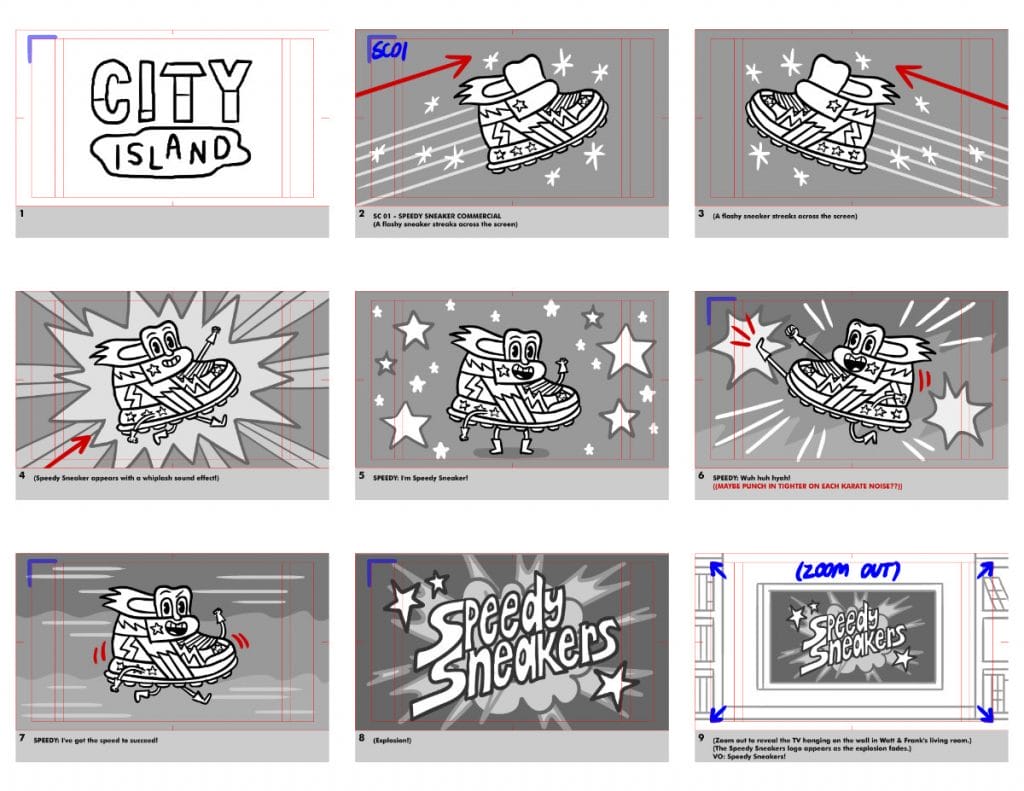
Katie: Michelle was so good. Michelle, a lot like our other education advisor, Liz Hinde, is really good at talking to us about how kids encounter these topics in their lives. It makes it way easier to be like, “Well, as adults, we watch the news, but a kid might see a commercial on TV. That’s how a kid is introduced to media literacy.”
I was finding it pretty easy to integrate media literacy into civics, just because then civics is what it means to be a part of a democratic society. It makes it pretty easy to tie the concepts together just because they go so easily hand-in-hand. It’s just like living in society, lessons about how to function there.
And it’s interesting because I feel like with civics, there’s this baseline knowledge that most adults have. It’s like, ‘We have to introduce kids to this stuff that we just take for granted.” But I feel like media literacy is so new that we were learning it like this at the same time.
Aaron: Another big aspect is the fact that, with media literacy, there’s not a list of things to memorize. We’re trying to teach kids to be critical thinkers. So it’s not necessarily like, “This is correct information, this is false information.” It’s about investigating this information for yourself and giving the toolkit to be able to do that.
There are five pieces: access, analyze, evaluate, investigate and act. They’ve been doing tons of research on this at NAMLE and at PBS as well. So they’ve broken it down to these facets of media. And we cover each one this season, both in the music videos and in the series.
We did an episode about advertisements that I’m really proud of. We go to Sign Square, which is our version of Times Square. And all the billboards and signage and sculptures are talking, saying, “I’m a billboard for a movie. It’s my job to make the movie look cool.” So they’re explaining what they do.
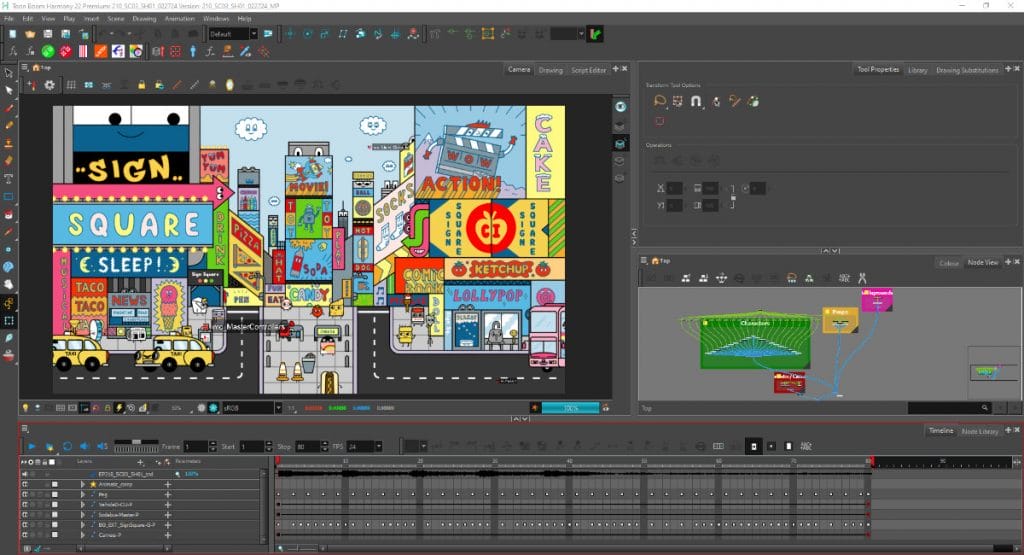
This season could build a lot on the last season, but there were a lot of new additions.
Aaron: Yeah. Five hundred and eighty-five new characters.
And on a show like City Island or City Island Sings, that means five hundred and eighty-five distinct designs, distinct rigs. What was that process like?
Aaron: When the second season was greenlit, it was exciting because we’ve been very successful and people seem to like the show.
From the very beginning, when Katie and I were first cracking into the season and even the whole show, we didn’t want to make a sitcom that was always like starting at the same place. Or everything takes place inside the school. It was more exciting to us to make it an adventure show where every episode you’re either starting in or highlighting a new location in City Island.
So we’re always trying to expand the world. And when you open up a new location in City Island, that unlocks new characters, new places. So we didn’t say, “Let’s make five hundred and eighty-five new characters, or four hundred locations.” It just ended up that way because we’re ambitious with the show.
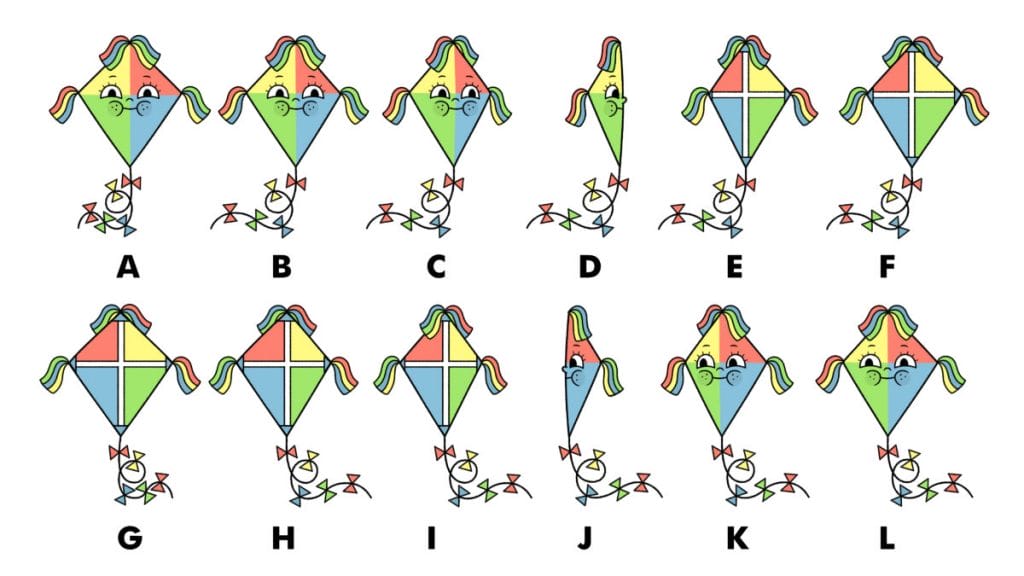
City Island is pretty unique because, on top of the many characters, the backgrounds often require rigs, since the elements of the city itself are alive and interacting with each other. How do you find Harmony handles that challenge?
Josh: I think there’s a lot of communication that has to happen because one person is designing the characters and then someone else is rigging the characters.
We ask our designers to at least start to set up our nodes in a way that is going to translate to whoever has to go and rig it. I’m not sure what other productions do, but it feels really necessary here. When it goes to riggers, they’re not then having to completely create a rough design from scratch in Toon Boom.
What does your design pipeline look like?
Josh: It starts with Gemma Correll. She’s our art director. The whole look of the show is based on her style. Gemma still literally sketches most of the characters in the show.
Katie: Generally we’ll have a meeting with Gemma and tell her our thoughts for the designs. And then she’ll send us generally more than one sketch. If it’s a big bunch of extras that are all themed around a place, it’ll be like a sheet of really fun sketches. And then we have a meeting with our designers.
We look at Gemma’s designs and we basically send it all through. Gemma works in such an organic, loose style that generally we all do our pass to bring them all into the geometry and set up of the show a little bit more, make sure turnarounds work. Then our cleanup artists work after our designers. They’re the ones who are definitely working in Harmony.
And then we send that to the studio in Guadalajara that we work with, Demente, who are fantastic and tackled a massive amount of rigging for the non-main characters. Their team is the team who is doing all of the extras rigging.
And they would get in touch with us saying, “Oh, we noticed from the thumbnails or the animatics that we need a side view for this character or back view for this character.” It’s an obvious point that communication between the two groups is really key to making it, especially with such a huge amount of characters, keeping everybody on track and keeping everyone sane.
Another way to deal with the volume of characters is that there’s a varying degree of complexity to the rigging.
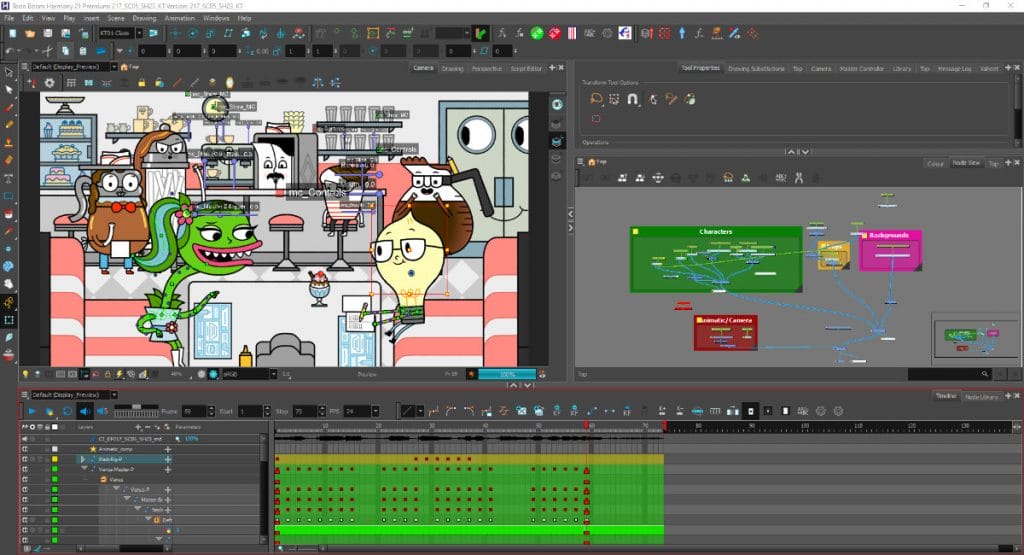
Josh: One of the more complicated rigs would be something like Watt. At the beginning of this season, we took all our main characters and did a nice polished pass.
And so with Watt in particular can do all kinds of stuff. He’s got a full turnaround slider. He’s got an expression slider. Watt’s got a light up slider, like a switch, because he’s a light bulb. And he’s got a nice thing where you can angle his head to a nice starting direction.
Last year the parameters were really wide for his head, meaning there were a lot of tiny micro versions of angles of his head that you could select that sometimes didn’t look as good as if you just nudged it over a little more. So we actually pulled in those parameters.
Most sort of side characters are rigged just in their three quarter view. Reading and interpreting our animatics becomes so important where it’s like, “OK, this character, as far as we’ve storyboarded it, never turns around or anything. So don’t bother with flipping their head or anything like that.” It’s just being strategic about the complexity of the rigs to deal with that volume of characters.
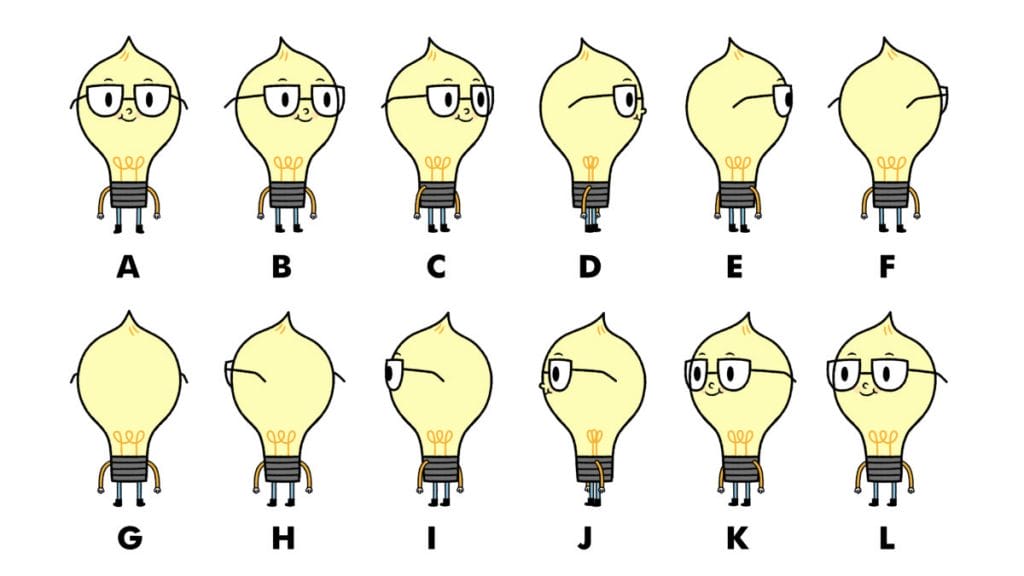
Last year, I remember we discussed the process of rigging the mayor, who is an office chair. It was an interesting challenge to articulate the armchair arms so she could gesture and have it look somewhat normal. And if memory serves, Demente managed to find a way foreshorten the seat in the rig so she could fully rotate.
Aaron: That’s right. The style is very forgiving because it’s so cartoony. So that helps. Sometimes in those imperfect turnarounds, you just lean towards what looks the best.
If that’s all not technically complicated enough, you now have a musical series. City Island Sings! premiered earlier this year, and all of the music is composed by Tunde Adebimpe.
Aaron: He scored every single episode this season. So in addition to doing ten original songs, he scored every episode. And then we got so excited about music, you know, both in the first season and then doing the music video. By the way, Josh directed the music video.
We have an episode at a new location called Theater Street, which is our version of Broadway, where they visit a music theater. They get to see how a musical is created, made and performed. So that’s really fun. And they do it by song.
And we also have an episode guest starring one of our favorite actresses, Rachel Bloom. She voices a character named Venus Flytrap. And she is the biggest pop star in the world of City Island. We got to do a music video for Venus Flytrap. So music is the heart of the show.
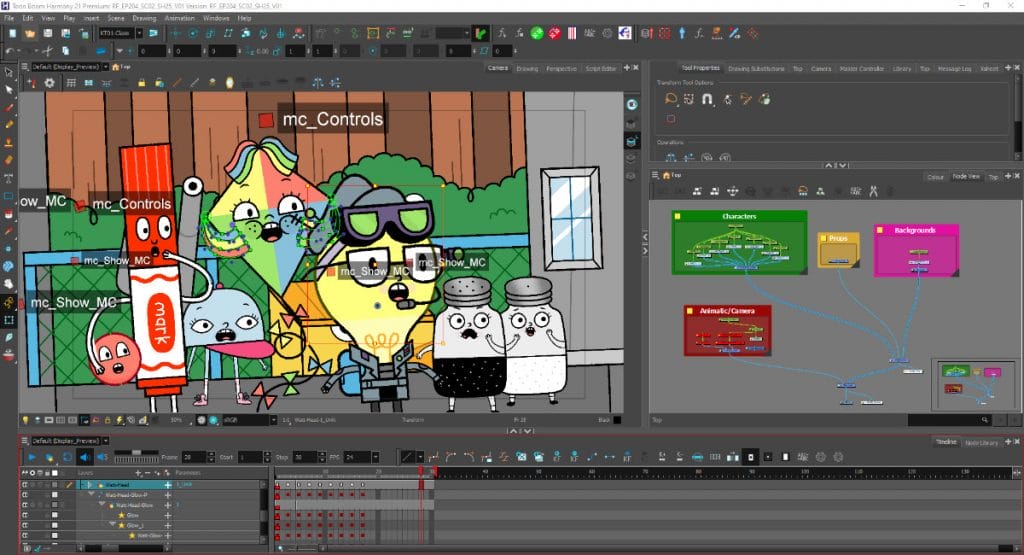
How did centering the music throughout the series change the production?
Aaron: There was a lot of learning as we went. I don’t think any of us has made a musical before. We were relying a lot on our engineers and the sound studios that we were recording with.
We worked with a guy who helped put together the mix of our theme song, Timo Elliston. He ended up being a really awesome resource because he knew exactly the musical terms to tell our actors when we’re just like, “Sound like David Bowie!” you know. And a lot of our actors also, like Kimiko Glenn, who voices a ton of our characters: Windy, Sally and Piper. She’s a great Broadway actress.
Our co-owner, Dan Powell, ended up writing all the lyrics to the City Island Sings! songs. He’s not just a co-worker, he’s a co-owner. He’s an amazing writer himself and he loves music. So he and Tunde would collaborate and write the lyrics. And then Tunde would do his first pass of the music. So that was it. So the music was just like, it was really fun to dive into that.
And then I think another interesting aspect of the music videos that changed a little bit from City Island was that we wanted every music video to have its own distinctive look. I always get a little disappointed when people do offshoots and it just looks like the [original] show. So we were like, “Let’s play with it.”
- City Island and City Island Sings! are produced by Augenblick Studios and Future Brain Media. To keep up with Augenblick Studios, check out their Instagram, YouTube, Facebook, or X.
- U.S. viewers can stream City Island on the PBS KIDS website. Everyone else can enjoy City Island’s videos on Instagram.
- Ready to get started on your own musical production? Artists can download a free 21-day trial of Toon Boom Harmony.
The post Augenblick Studios on expanding the bustling world of City Island and City Island Sings appeared first on Toon Boom Animation.
Courtesy: https://www.toonboom.com/augenblick-studios-on-expanding-the-bustling-world-of-city-island-and-city-island-sings






